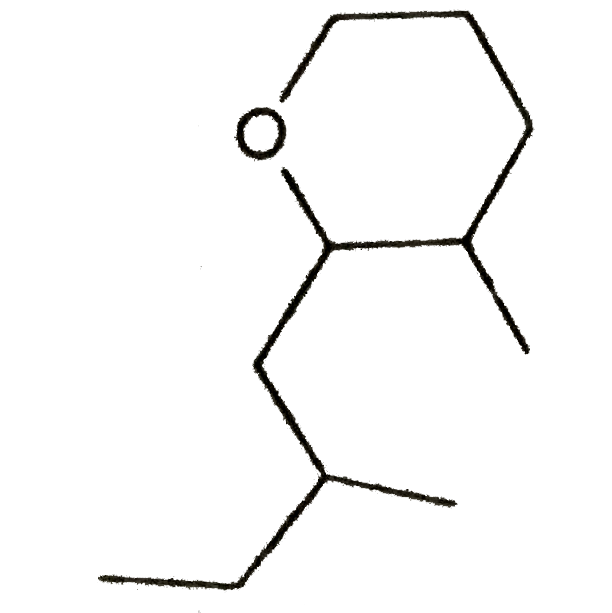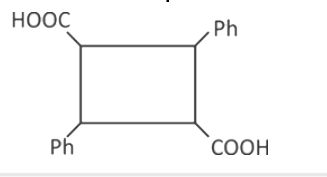If 'n' represents total number to asymmetric carbon atoms in a compound, the possible number of optical isomers of the compound is
A
2n
B
n2
C
2n
D
2n+2
Text Solution
The correct Answer is:C
The possible number of isomers of the compound is given by 2n where ',' represents total number of asymmetric carbon atoms in a compound.
|
Topper's Solved these Questions
- MCQs FROM PREVIOUS BOARD QUESTION PAPERS BOOK - NIKITA PUBLICATIONCHAPTER - MCQs FROM PREVIOUS BOARD QUESTION PAPERS EXERCISE - MHT-CET:2017
53 Videos
- MCQs FROM PREVIOUS BOARD QUESTION PAPERS BOOK - NIKITA PUBLICATIONCHAPTER - MCQs FROM PREVIOUS BOARD QUESTION PAPERS EXERCISE - MHT-CET:2070
1 Videos
- MCQs FROM PREVIOUS BOARD QUESTION PAPERS BOOK - NIKITA PUBLICATIONCHAPTER - MCQs FROM PREVIOUS BOARD QUESTION PAPERS EXERCISE - Chemistry in Everday life
2 Videos
- HALOALKANES AND HALOARENES BOOK - NIKITA PUBLICATIONCHAPTER - HALOALKANES AND HALOARENES EXERCISE - MULTIPLE CHOICE QUESTIONS
386 Videos
- Multiconversion Questions BOOK - NIKITA PUBLICATIONCHAPTER - Multiconversion Questions EXERCISE - MCQs
58 Videos
Similar Questions
Knowledge Check
If 'n' represents total number of asymmetric carbon atoms in a compound, then the possible number of optical isomers of the compound is
A2nBn2C2nD2n+2If 'n' represents total number of asymmetric carbon atoms in a compound, then the possible number of optical isomers of the compound is
A2nBn2C2nD2n+2Number of asymmetric carbon atoms in fructose
A2B3C4D5

The total number of optical isomers possible for this compound are?
View SolutionFind the number of optical isomers for this sizes compound.

View SolutionThe number of asymmetric carbon atom in glucose are
View SolutionThe number of asymmetric carbon atom/s in lactic acid is
View Solution
The total number of optical isomers possible for this compound are?
View Solution
